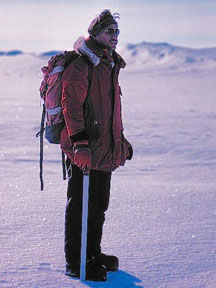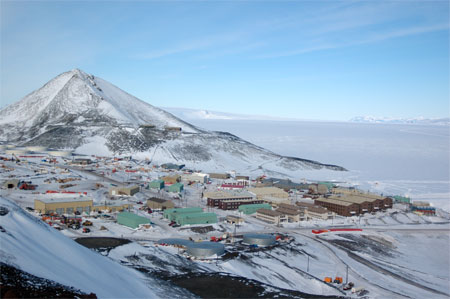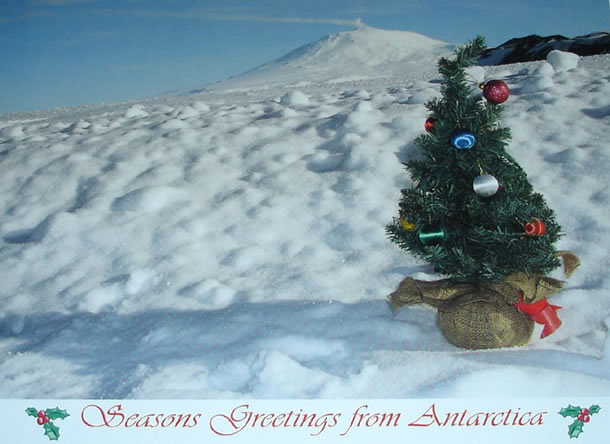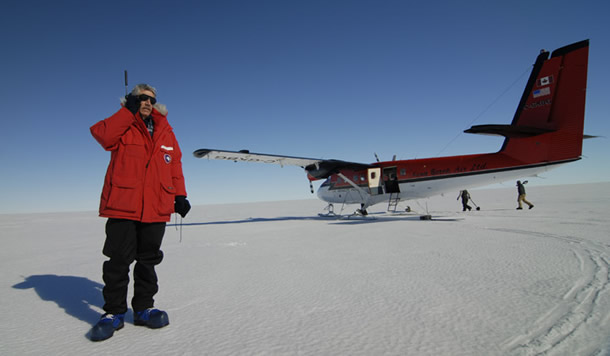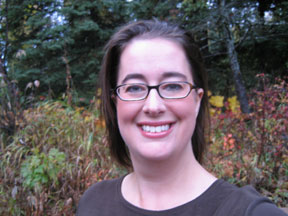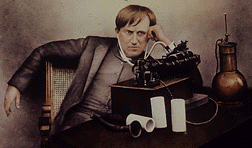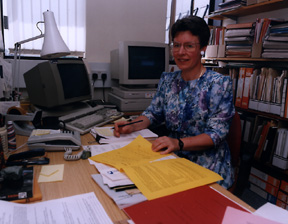Click on image for full size
Image courtesy of Bob Bindschadler.
Dr. Robert ("Bob") Bindschadler
Dr. Robert Bindschadler has led 14 field expeditions to Antarctica over the past three decades studying the dynamics of the ice sheet. While making field measurements is necessary to determine how the ice sheet is behaving and why, seeing the "big picture" from space is equally important. Dr. Bindschadler has spent his career combining the two perspectives developing numerous unique applications of remote sensing data for glaciological research such as measuring ice velocity and elevation using both visible and radar imagery, monitoring melt of the ice sheet by microwave emissions, and detecting changes in ice-sheet volume by repeat space-borne radar altimetry.
Beyond his childhood joys of building snowmen and engaging in snowball battles, Dr. Bindschadler's interest in ice deepened when he saw glaciers for the first time in the Canadian Rockies during his teenage years. It was this fascination that led him to apply his skills as a modeler of evolving stars to ice flow. Starting with doctoral research on a surging mountain glacier in Alaska, he ultimately traveled to Antarctica in 1982 to begin a new research project on ice streams. Subsequent research has taken him to Greenland and various glaciers throughout the world but his focus has remained on Antarctica.
He has testified before Congress and briefed the U.S. Vice President on the issue of ice-sheet stability and served on many scientific commissions and study groups as an expert in glaciology and remote sensing of ice. In his 28 years at NASA's Goddard Space Flight Center, he has published over 140 scientific papers, numerous review articles and has appeared on television, radio and is often quoted in print media commenting on glaciological impacts of the climate on the world's ice sheets and glaciers. He is Chief Scientist of the NASA's Hydrospheric and Biospheric Sciences Laboratory, a Senior Fellow of the Goddard Space Flight Center, a Fellow of the American Geophysical Union and a past President of the International Glaciological Society. Bindschadler Glacier (in the Dry Valleys) and Bindschadler Ice Stream (in West Antarctica) have been named in recognition of his contributions to Antarctic glaciology.


